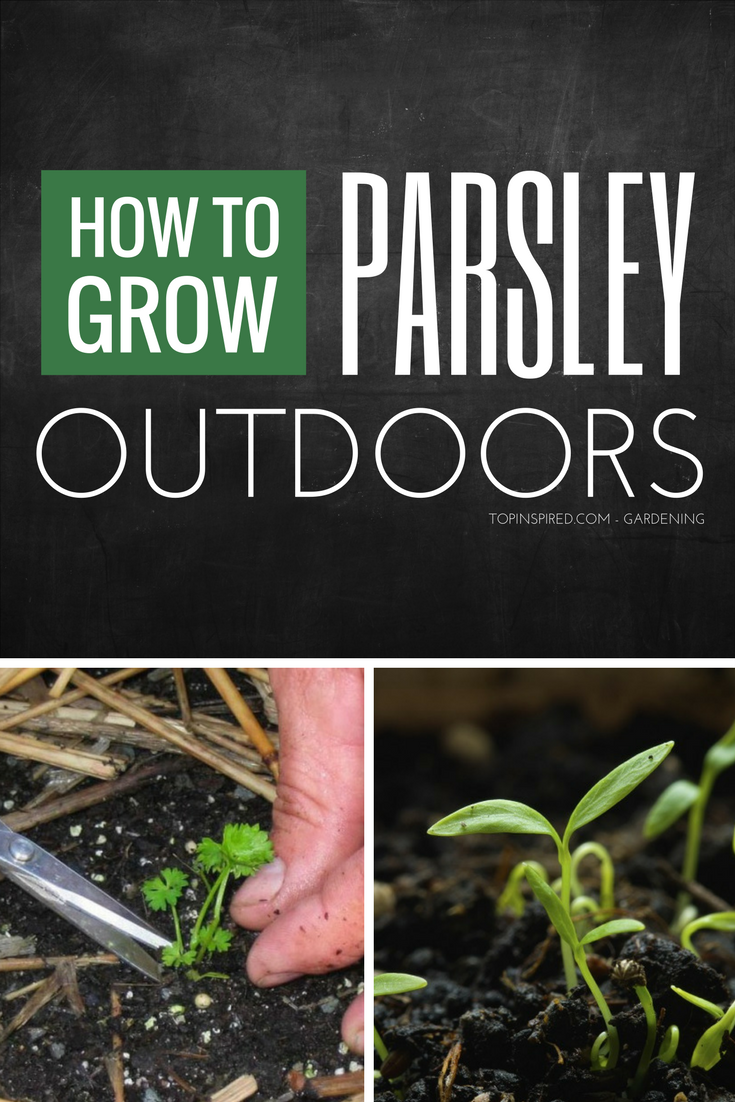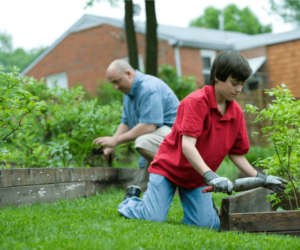Parsley is one of the most popular herbs used, especially in western cuisine. It is believed that this herb has its origins in Sardinia and that its cultivation started 2000 years ago, and ever since, it is regularly used in many dishes.
Growing parsley at home can be very easy and doable. It’s not expensive and would be a great project even for beginners. There are just a few simple steps that you need to follow, and you can read about them below.
1. Choose a Variety
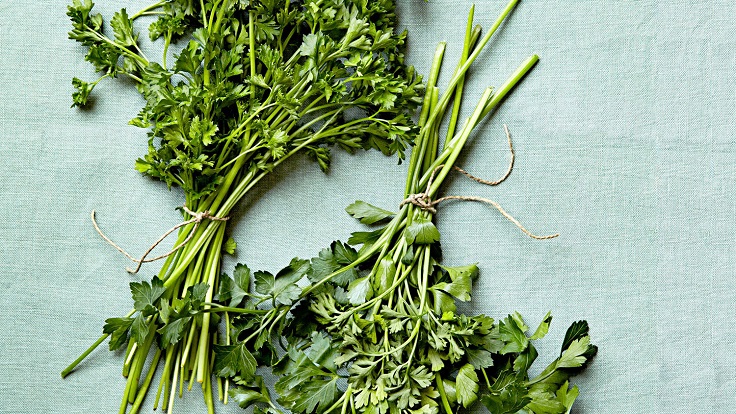
via marthastewart.com
There are three main varieties of parsley – curled leaf, the common parsley, flat-leaf, or Italian parsley, and the last variety is also the least known, called Hamburg turnip-rooted parsley. The first two are the ones that you will find among cooks. They are cultivated the same way, and both taste great – it’s up to you to find which you prefer, so maybe planting them both is a great idea.
2. Get the Right Soil

via growerflow.com
The parsley requires soil with a pH between 6 and 7, so test your soil before you continue planting the parsley. Because the parsley also requires loose, light soil, you should get a soil mixture made of 50% potting soil with 50% compost for nutrients. This kind of soil will help the roots to attach better. You can add peat moss into the soil if it’s too basic.
3. Choose a Planter

Just like many of the herbs, the parsley can grow well in containers. It can be a mason jar, a small pot, whatever you choose. Just make sure that it will be compatible with the soil requirements, such as a container that will allow soil draining. If you choose to grow it outside, make sure to plant it in a sunny part of your garden!
4. Propagate the Seeds
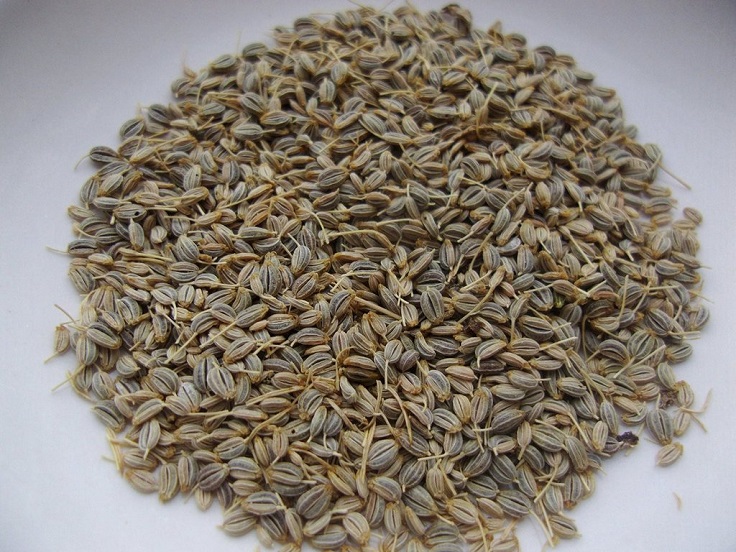
Soak the seeds for one hour in a mixture made out of lukewarm water and a splash of dish soap – this will help to dissolve the parsley seeds’ outer casing. The next step is to use a small strainer to pour out the water and run the seeds under lukewarm water. After this step, the seeds should have no traces of soap, and you should leave them overnight in a bowl of warm water so that the germination process could go on. Dry them well before planting.
5. Plant the Parsley
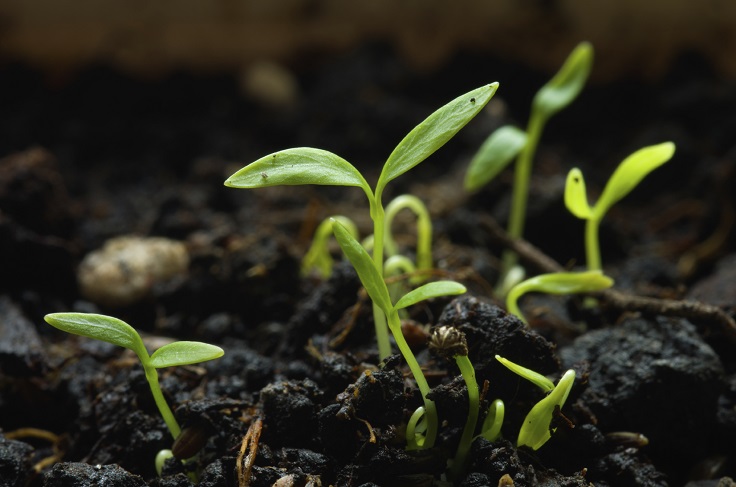
The parsley seeds should be planted in spring after the last frost, in March or April at the latest. After you choose your planting side in the garden, dig holes that should be approximately 10 to 12 inches apart and long enough to allow the seeds to be sewn in 3-inch intervals. Parsley seedlings need space to grow, so make sure to give them what they need.
6. Water Regularly
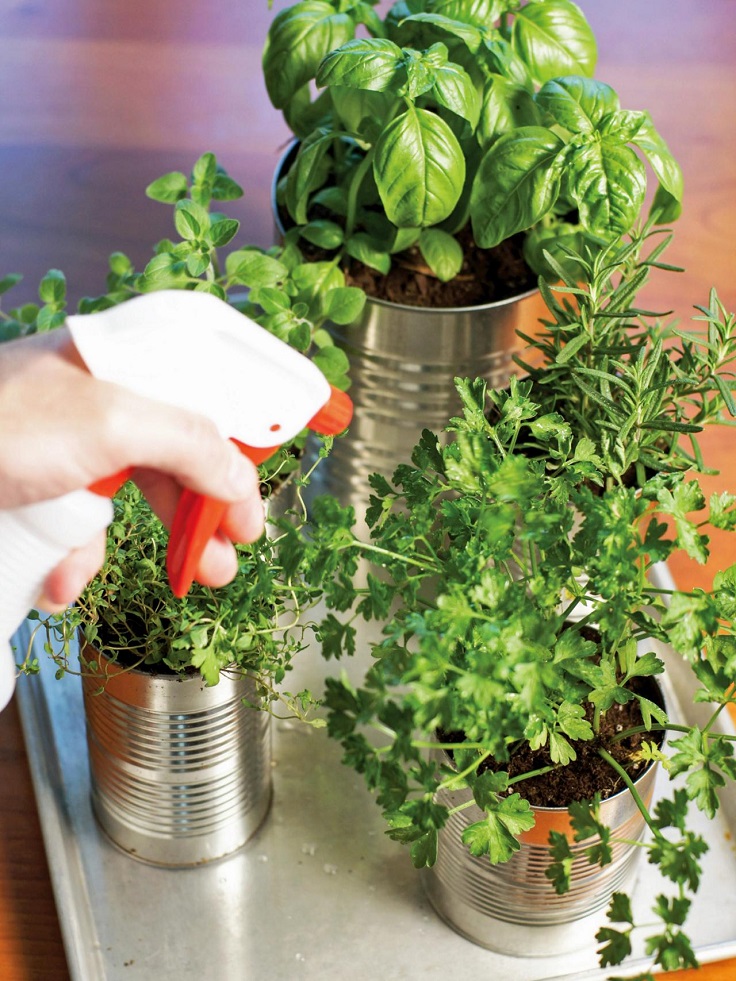
via hgtv.com
You should water the parsley once a week and even more frequently if the weather is dry and hot. If you can’t spend that much time watering the plants, you should consider setting up a drip system. However, the parsley is very adaptable and, after the establishment, becomes mostly drought-tolerant.
7. Thin Your Parsley
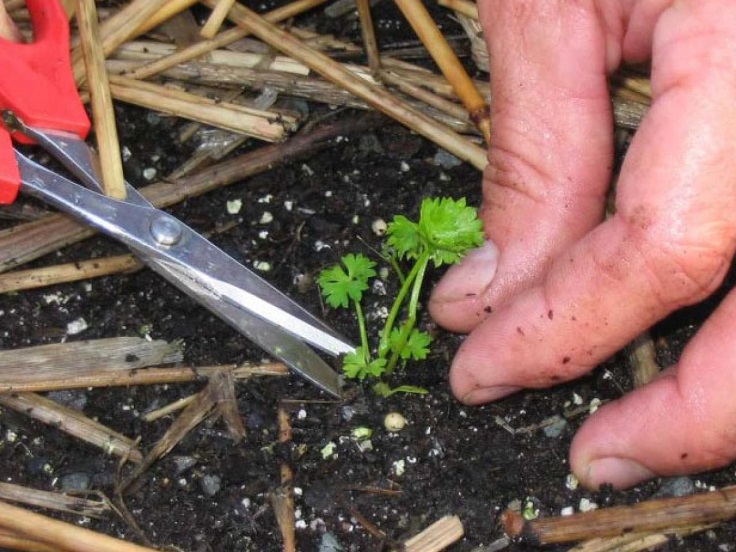
via diynetwork.com
One of the most important things you’ll need to do for your parsley to grow well is to thin it out as time passes. This should be done when the parsley is about one inch tall. Thin the seedlings to 6″ to 8″ apart by snipping the parsley off near the soil line. Be careful not to pull the plants!
8. Use Fertilizer
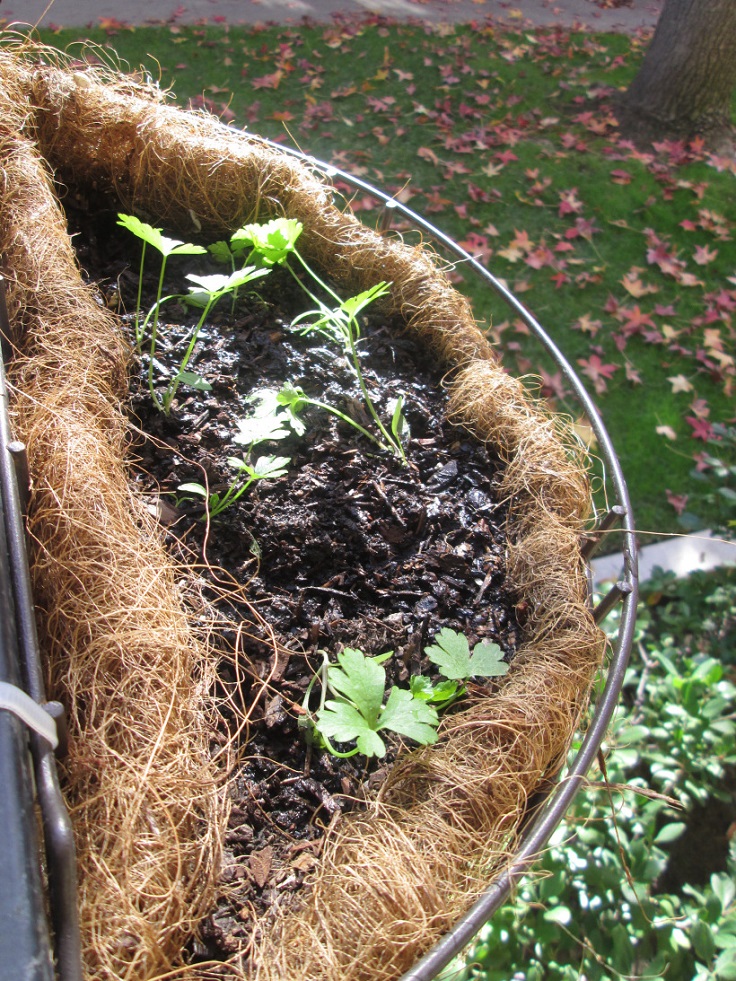
via wastenotblog.wordpress.com
Like many other plants, the parsley might need fertilizer to get the needed nutrients and grow well. You can use a general-purpose fertilizer once or go for a more organic option and use compost – or even both. If the parsley has been lagging, it might need more nitrogen, which helps plant foliage grow strong.
9. Pests May Attack
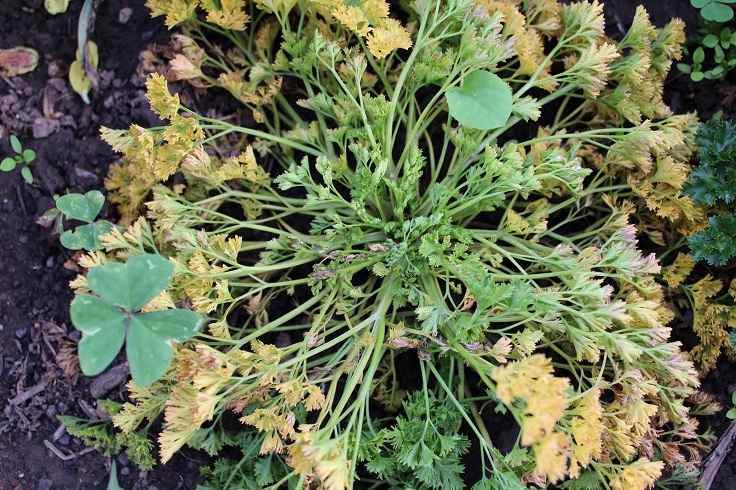
via floreznursery.blogspot.com
Generally, the parsley is both pest and disease-free, but it’s not immune to these, so that it might happen. It’s important to watch it every day, just in case that you could prevent anything on time. It is a delicious herb, so don’t be surprised if insects want to taste it too! Besides them, you might deal with fungal diseases, aster yellow, leaf spots, to name a few. To prevent this, practice plant rotation and herb thinning.
10. Harvest and Store
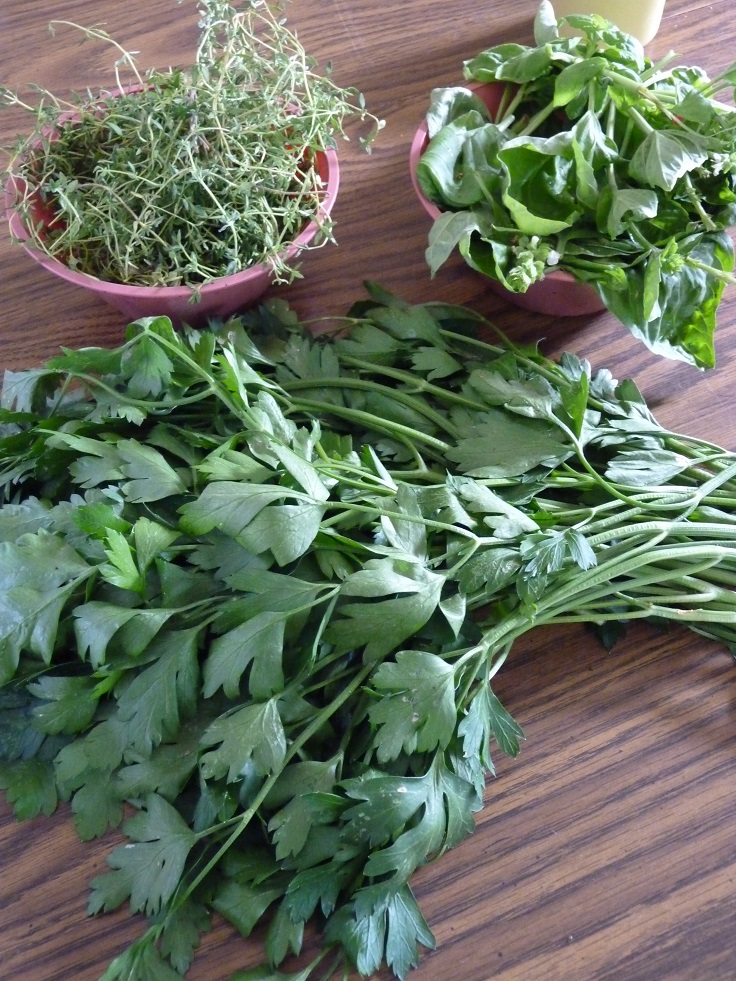
Two months after sowing, your parsley should be ready for harvest. All you need to do is to cut off the outer stalks that are near the ground. If you cut off the leaves from the top of the plant isn’t a good idea, as it will just reduce the yield. For the best flavor, it’s better to harvest early in the morning. When it comes to storing, you have two options – freeze for later use or dry the parsley and keep it in an airtight container.
